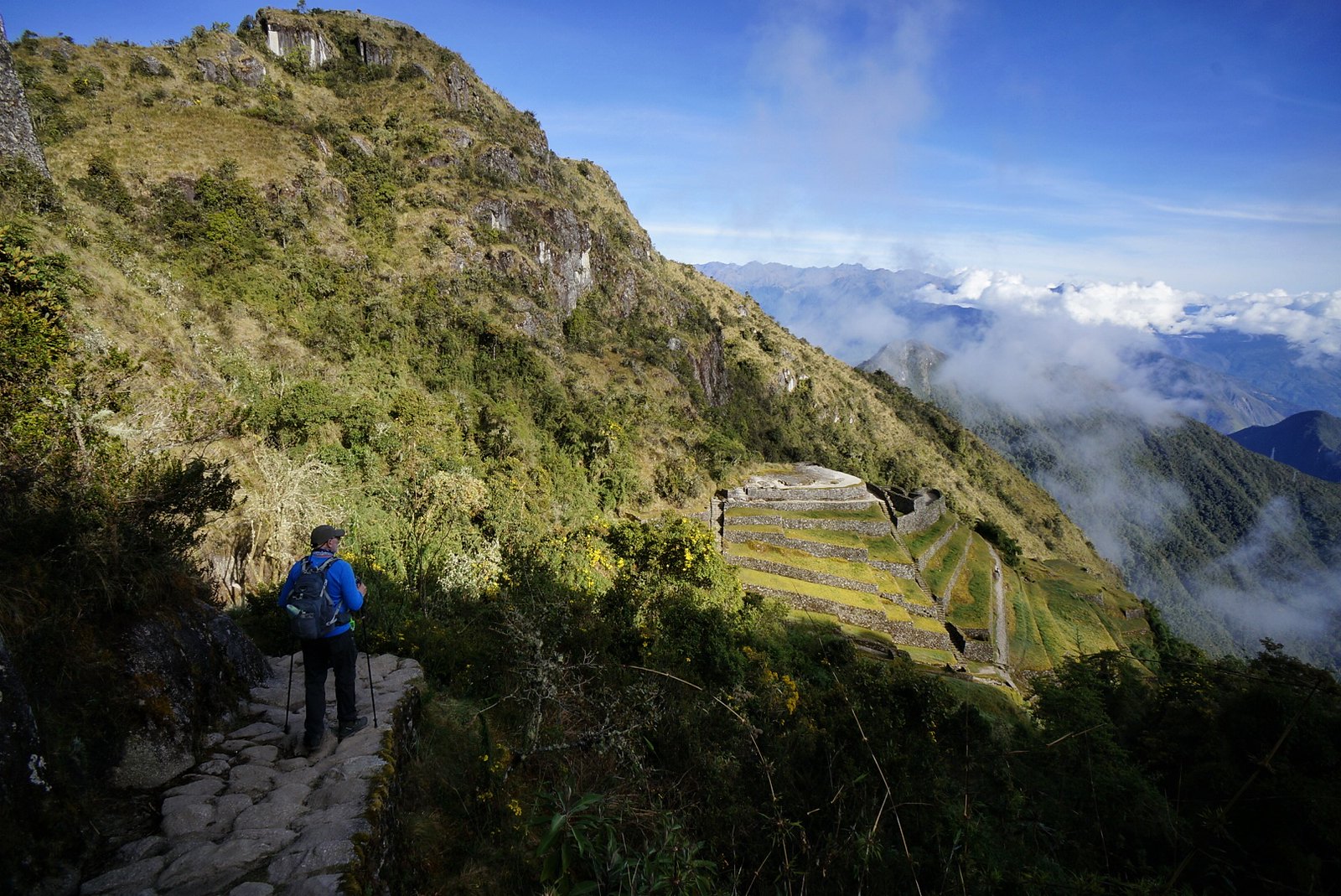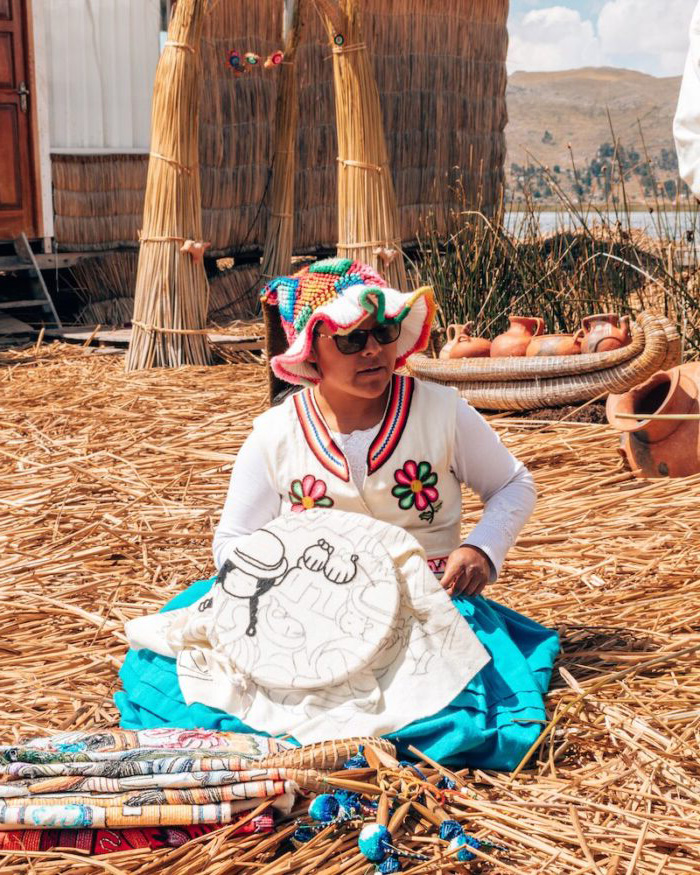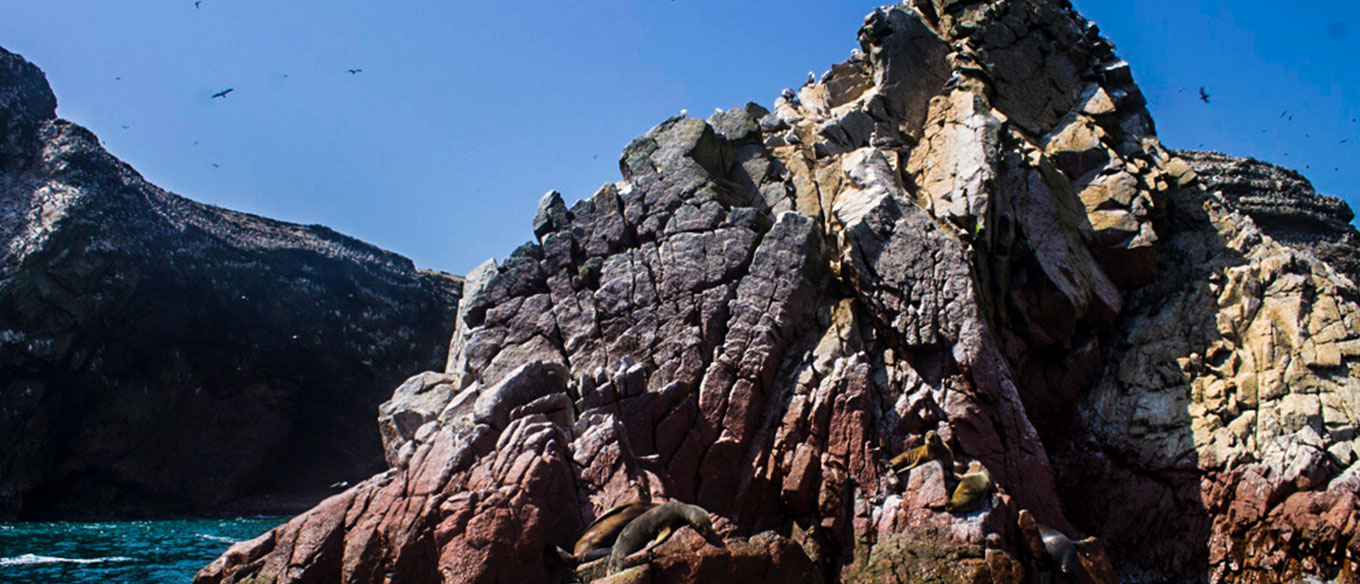Visiting Cusco, a city nestled at 11,152 feet (3,399 meters) above sea level, can be challenging for those unfamiliar with high elevations. However, with the right acclimatization strategies, you can minimize the effects of altitude sickness, known locally as soroche, and make the most of your trip to Cusco, Machu Picchu, Inca Trail, Salkantay Mountain, Rainbow Mountain, Humantay Lake, and other high-altitude destinations. Below are essential tips to help you adjust.
Understanding Altitude Sickness (Soroche)
Altitude sickness occurs when your body struggles to adapt to lower oxygen levels at high elevations. Common symptoms include:
- Headaches
- Fatigue
- Shortness of breath
- Nausea
- Dizziness
These symptoms generally appear within the first few hours of arrival and can last up to 48 hours. In some cases, they can escalate if not managed properly.
A tourist shared his experience: “When I first arrived in Cusco, I didn’t feel anything unusual. I thought being physically active would shield me from the effects of the altitude. But when I started carrying my luggage upstairs to my room, I felt winded by the time I reached the first floor. That’s when I realized how quickly the altitude could affect me.”
Key Tips to Help Your Body Acclimate
Take It Easy for the First 24–48 Hours
Upon arriving in Cusco, resist the temptation to explore every corner of the city immediately. The best advice is to rest and allow your body to adjust. Walk around slowly, enjoy a relaxed visit to a café, or explore museums at your own pace. Avoid hiking or other strenuous activities on the first day.
As one traveler noted, “I didn’t feel the altitude effects right away, but after a short walk and carrying my luggage, I realized even simple tasks could be tiring at high altitude. Taking it easy on the first day helped me recover.”
Stay Hydrated, But Avoid Alcohol and Caffeine
Hydration is critical in acclimatizing to high altitudes. The thin air at higher elevations can lead to dehydration faster than at sea level, so make sure to drink plenty of water throughout the day. Avoid alcohol and caffeinated beverages, especially in the first 48 hours, as they can contribute to dehydration and worsen symptoms.
“I wasn’t feeling any severe symptoms, but I made sure to drink plenty of water and avoided alcohol, which helped,” shared a tourist.
Eat Light and Avoid Heavy Meals
Heavy meals can put extra strain on your digestive system, making altitude sickness symptoms worse. Stick to light, easily digestible meals such as soups, fruits, and vegetables, especially during your first few days in Cusco. This will help your body conserve energy while acclimating.
Alternative Remedies and Medications
Coca Leaves and Coca Tea
A well-known local remedy for altitude sickness is coca leaves. Many travelers find relief from chewing coca leaves or drinking coca tea. The leaves have been used for centuries in the Andes to reduce the effects of altitude. These are readily available in Cusco and are often offered for free in hotels.
Some travelers find this remedy extremely helpful. “Although I didn’t feel the need to use them, my friends who experienced stronger symptoms found that chewing coca leaves made a noticeable difference,” said one tourist.
Over-the-Counter Medications
In addition to natural remedies, there are pharmaceutical options like Sorojchi Pills (buy this one in the airport or in Peru cities), which can be taken before arriving at high altitudes to prevent symptoms. It helps by speeding up the process of acclimatization and reducing symptoms of altitude sickness. Consult your doctor before traveling to see if this medication is appropriate for you.
Lifestyle Tips to Reduce Symptoms
Slow and Steady Breathing Techniques
At higher elevations, it’s essential to control your breathing, especially during physical exertion. Take deep, slow breaths, and focus on steadying your heart rate. This can help maintain oxygen levels and prevent dizziness or shortness of breath.
If you find yourself winded after climbing stairs or walking uphill, stop to catch your breath and take a break before continuing. One traveler mentioned, “When I first started to feel short of breath after walking just a short distance, I learned to slow down and breathe deeply, which really helped.”
Avoid Intense Physical Activity Early On
While Cusco’s beauty might tempt you to start hiking or exploring immediately, intense physical activity should be avoided for at least the first 24–48 hours. Instead, use this time to relax, take short walks, and adjust to the altitude.
What To Do If Symptoms Worsen
In some cases, altitude sickness can become more severe. If you experience intense headaches, persistent shortness of breath, or extreme fatigue, take action:
- Seek Oxygen Therapy: Many hotels in Cusco offer oxygen tanks for guests experiencing severe symptoms. Inhaling oxygen for a short period can relieve symptoms almost immediately and help stabilize your condition.
- Visit a Local Pharmacy or Clinic: Cusco is well-equipped for handling altitude sickness. Pharmacies sell remedies and oxygen cans, and clinics can offer more comprehensive treatments if needed.
- Grab an Oxishot: This compact, portable canister holds 8 liters of oxygen, perfect for use when you arrive in Cusco or whenever you need an extra boost. It can help relieve headaches and fatigue caused by altitude sickness. Available for around S/.45 (about US$16), you can find it at many locations throughout Cusco and Machu Picchu.
Gradual Acclimatization and How Your Body Adjusts Over Time
After a few days, your body will begin to adjust to the altitude, and you should notice a decrease in symptoms. If you’re planning an activity like the Inca Trail, which reaches heights of over 13,123 feet (4,000 meters), make sure to spend some days in Cusco first.
A traveler shared their experience: “After two or three days, I wasn’t getting tired as easily and even played soccer with the hotel staff. Four days later, I was ready for the Inca Trail, and although it was challenging, my body had adjusted enough to handle the hike without any major issues.”
Final Thoughts on Altitude Acclimatization in Cusco
Altitude sickness can affect anyone, regardless of fitness level or age. The best approach is to listen to your body, take things slow, and use the remedies available to you. Whether it’s sipping coca tea, staying hydrated, or using medications, these strategies will ensure that your time in Cusco is memorable for the right reasons. After a few days, most travelers find that their symptoms subside, and they’re ready to explore everything Cusco and the surrounding areas have to offer.
As one visitor aptly put it, “It’s all about seeing how your body reacts when you get here. Give yourself time to adjust, and you’ll be ready to tackle the heights of Cusco and beyond.”
















